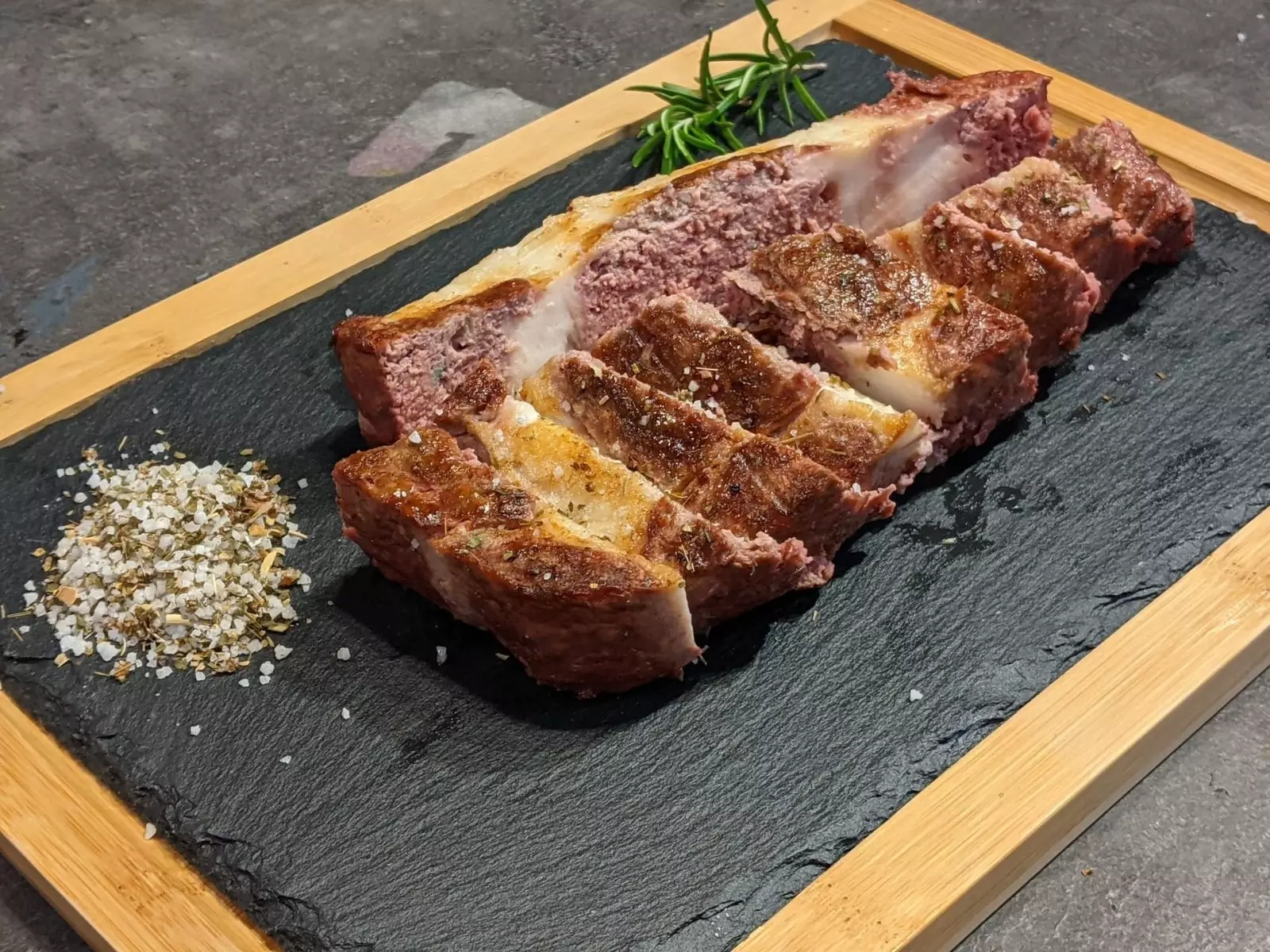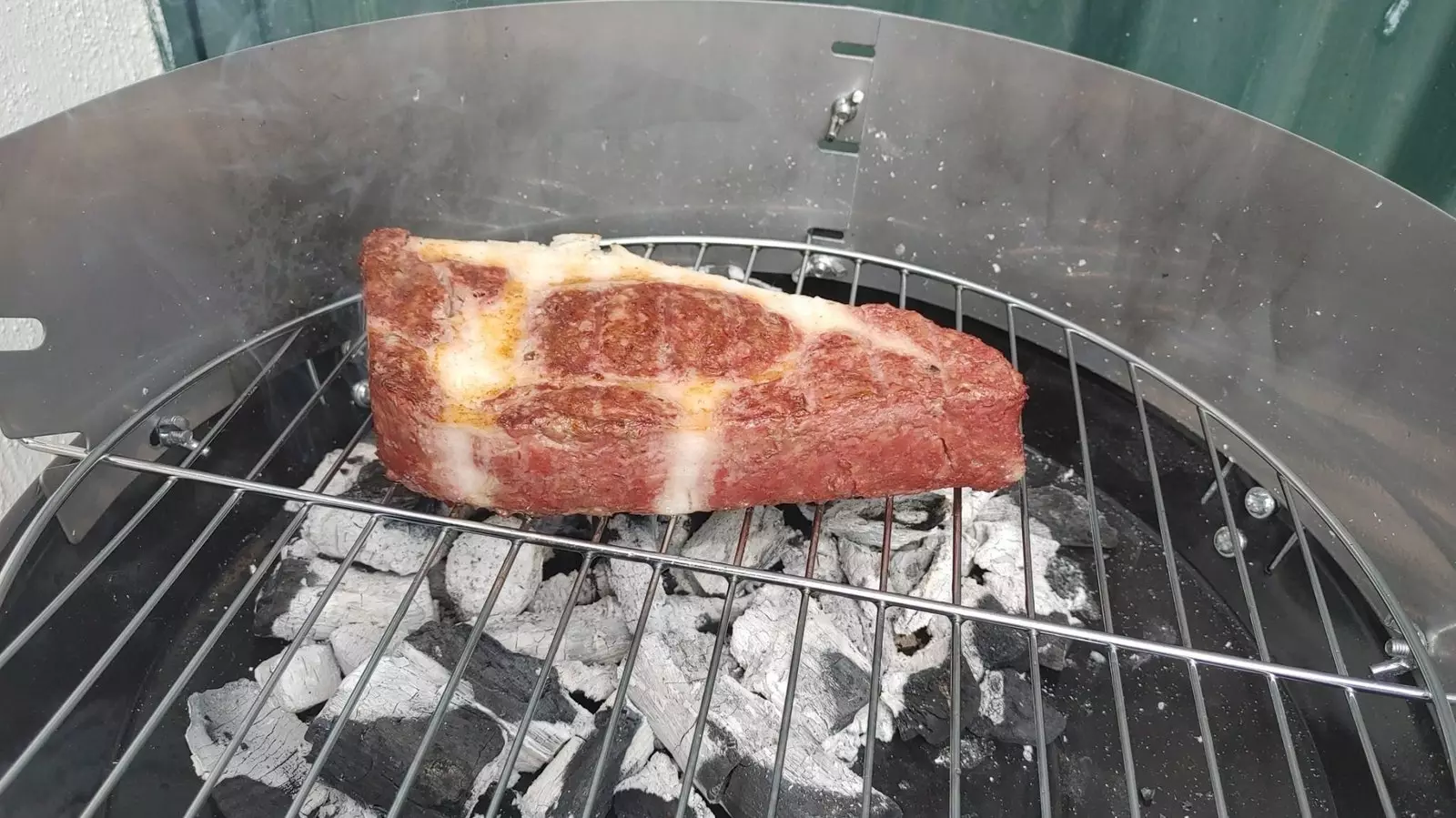
Steak looks like, meat is not
The commotion has been loud: since the Minister of Consumption, Alberto Garzón, proclaimed that it was advisable to reduce the consumption of meat to protect both our health and the planet, many voices have been heard. So much so that the comment on the president's steak became a meme in minutes and, from there, opinions of all kinds have been poured into networks and media.
What is clear is that the discourse of large organizations, such as that of the UN Intergovernmental Group of Experts on Climate Change, defends precisely the same as that of the Minister. Explains why the nutritionist and food technologist Aitor Sánchez in Your diet can change the planet (Paidós, 2021), a book based on scientific evidence that also advocates reducing the use of meat.
However, sticking to the data is not easy: the passionate opinions for and against eating one food or another find their explanation in the fact that eating, for the human being, is not only feeding; it also constitutes a social and cultural act with infinite implications . For this reason, it is difficult to predict whether alternatives to meat based on vegetables, such as the Spanish Heura or the North American Beyond Meat, can appeal to a majority public, beyond vegans and vegetarians.
WOULD YOU EAT LAB-GROWN MEAT?
But what if 'fake meat' - and 'fake fish'! - were created from animal cells, rather than plants? Could these products that do not involve animal sacrifice and are infinitely more sustainable manage to convince the carnivores? "The biggest challenge for cultured meat is consumer acceptance when it can be marketed, since we are talking about a food with very high cultural implications ; food is culture in our society, and its generation in the laboratory is inevitable that it generates initial rejection , which requires a good dose of pedagogy and explanation to generalize its adoption", explains Mila Valcárcel.
Valcárcel is managing partner of Eatable Adventures, an ecosystem of innovative food startups that includes the Spanish company Cocuus among its companies. Its members have created novel machines that produce "meat and fish mimics" based on plants or stem cells. According to estimates, these products they could be in the Spanish market by 2022.
The price is not yet known, but what is known is that in this production method has traditionally been high . A few weeks ago, however, the Israeli Future Meat Technologies, one of the pioneers in this field, announced that it had managed to reduce its costs to a great extent, achieving that 110 grams of 'cultivated' breast cost the final consumer around four dollars (3.39 euros).
**HOW IS MEAT OBTAINED FROM STEM CELLS? **
"To use cells of animal origin, we proceed to an extraction of the muscle of the animals through a simple painless biopsy, which does not involve any type of suffering for the same", explains Patxi Larumbe, co-founder of Cocuus. "Then, the process begins with what we call the cells, a porridge of meat substance with which the chops will be made . With those cells the fibers with which the artificial meat will be printed later would be built". Finally, to the complex three-dimensional printing is added sunflower oil or animal fat, achieved through the same extraction process.
The end product, they say, closely resembles a traditional steak, and has the same nutritional characteristics . It can even perfect them: "The products that are generated through cell culture emulate traditional meat in both nutritional characteristics and texture and, above all, flavor, or even improve it, because during the production process you can reduce fat or increase protein, as well as add vitamins ", says Valcárcel.
MEAT FROM CELLS: MORE SUSTAINABILITY, ZERO ANIMAL SLAUGHTER?
Within the impact caused by the food industry, which emits 26% of greenhouse gases into the atmosphere, livestock is responsible for 61% of them . Also 79% of ocean acidification; 81% of forest deforestation and 95% of eutrophication , that is, the contamination of freshwater bodies. How would these percentages change if, instead of meat from animals, we used meat made from stem cells?
"With emerging technologies like 3D printing of cultured meat contamination levels can be reduced by up to 92% , according to a report by the NGO CE Delft, commissioned by cultured meat companies The Good Food Institute and Gaia. Cultured meat also reduces the use of land and water," explains Valcárcel.
The journal Nature also published a detailed report last year in which it also states that the manufacture of laboratory meat will have a noticeably lower carbon footprint . In it, in addition, they reported one of the main benefits of this food production system: the improving the welfare of farm animals.

Cultured meat can also be grilled
"Animal donors are used to provide initial sources of cells that are subsequently expanded in vitro, no need for additional animal resources . Donor animals, generally young animals that have more proliferative cells, are anesthetized by a veterinarian and a small tissue biopsy less than one gram is removed from them," the authors explain. Cells could be genetically immortalized to proliferate indefinitely, eradicating the need for animal donors . In practice, however, animal donors are likely to be relied upon to maintain genetic diversity and provide non-GMO options."
Of course, there is a controversial aspect in this regard: the use in some laboratory meat cultures of bovine fetal serum , necessary to carry out cell multiplication.
However, it is not the only way to do it: according to the well-known website on veganism Veganuary, which welcomes this type of 'meat' with open arms as a way to avoid sacrifice, they are being investigated and used new methods for producing growth media without using animals . Eat Just, which last year released the world's first non-chicken nuggets - created from the cells of a feather that shed naturally from a chicken living in a sanctuary, according to its creators - grows their cells in a nutrient-rich plant medium, as do other companies like Mosa Meat and Aleph Farms, which produce lab-grown beef.
WHEN WILL WE SEE LABORATORY MEAT IN THE SUPERMARKET?
"At the moment, the first country that has regulated the consumption of cell-based products is Singapore ", explains Varcárcel. It is there, in fact, where the Eat Just laboratory meat nuggets were put up for sale. "The second most active state is Israel , where last year they opened a restaurant that sold cultured meat," he continues, referring to The Chicken.
"USA It has been working with the FDA since 2019 to legislate these new products without success, so it is not yet possible to market them. In Europe and Spain there are different entrepreneurs who are working in this direction and competing on a global level with Israel and Singapore, but there is still no kind of legislation," he adds.
However, there is talk that 2022 could be the year in which this business takes off on the continent, driven by the EU targets for 2030 , which go through offering a sustainable and climate-friendly food system.
